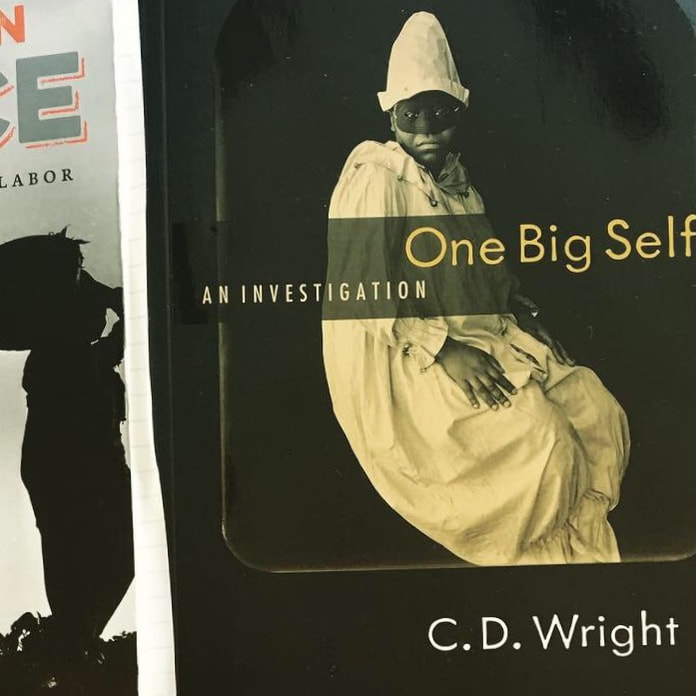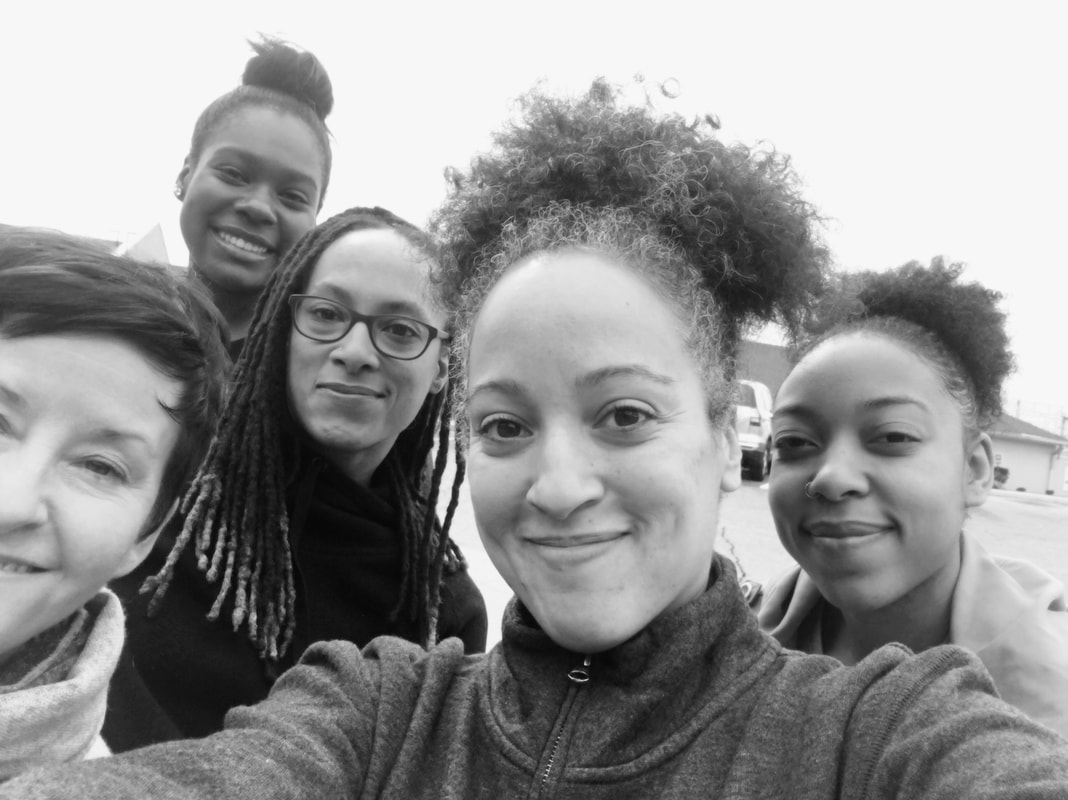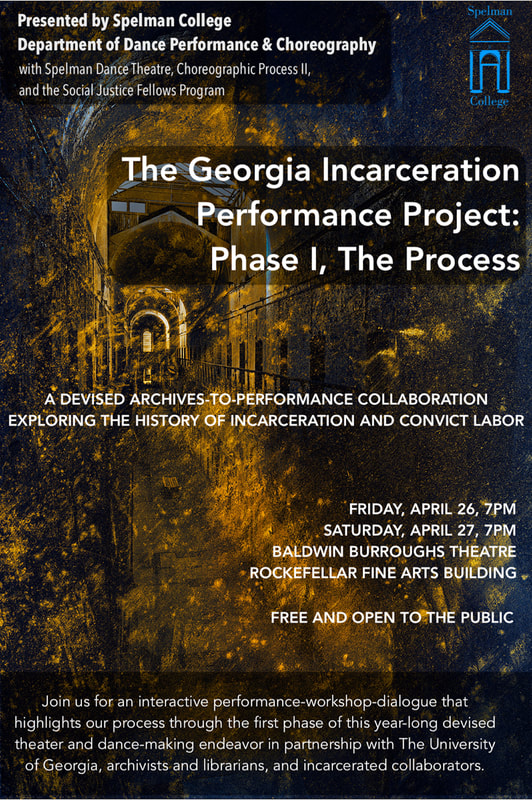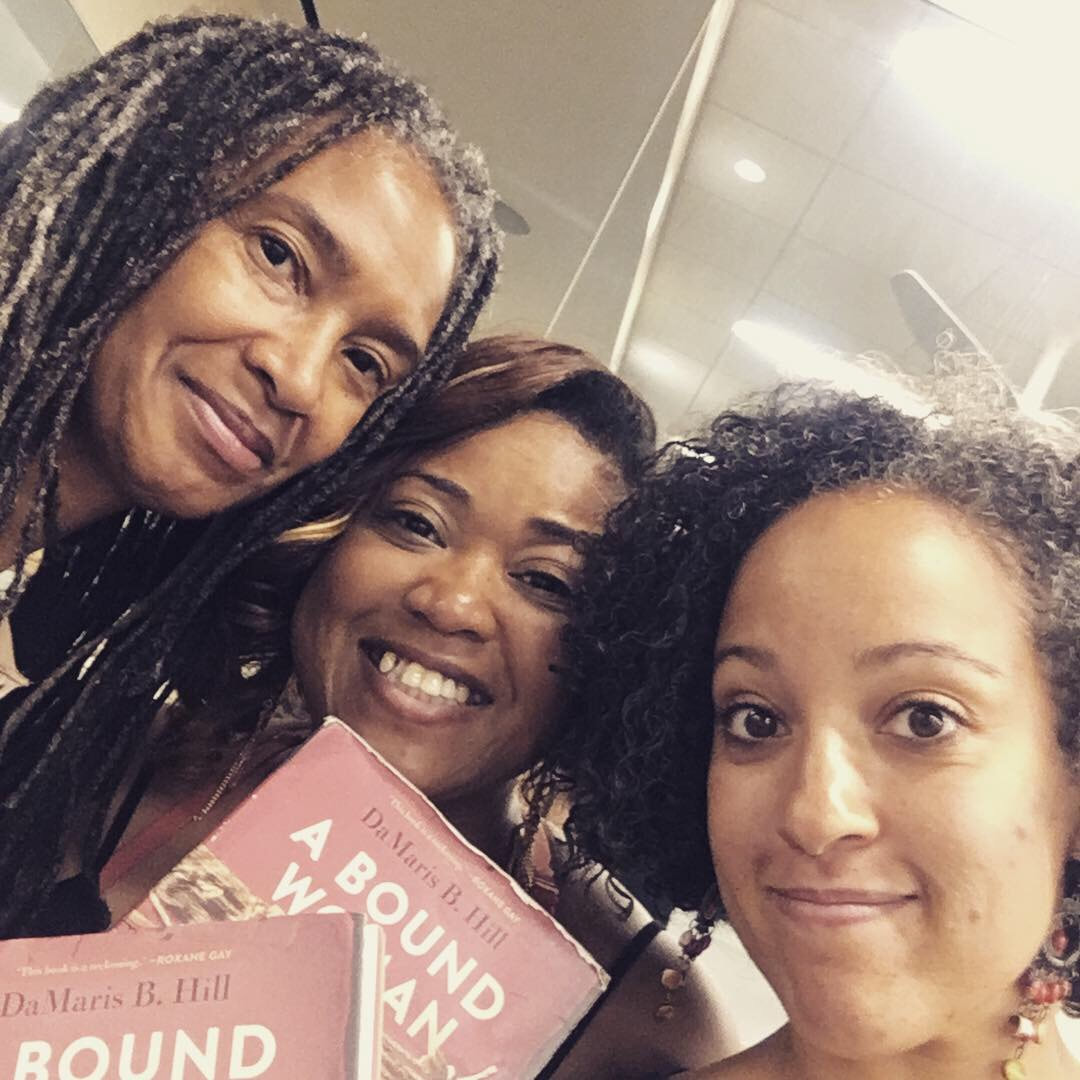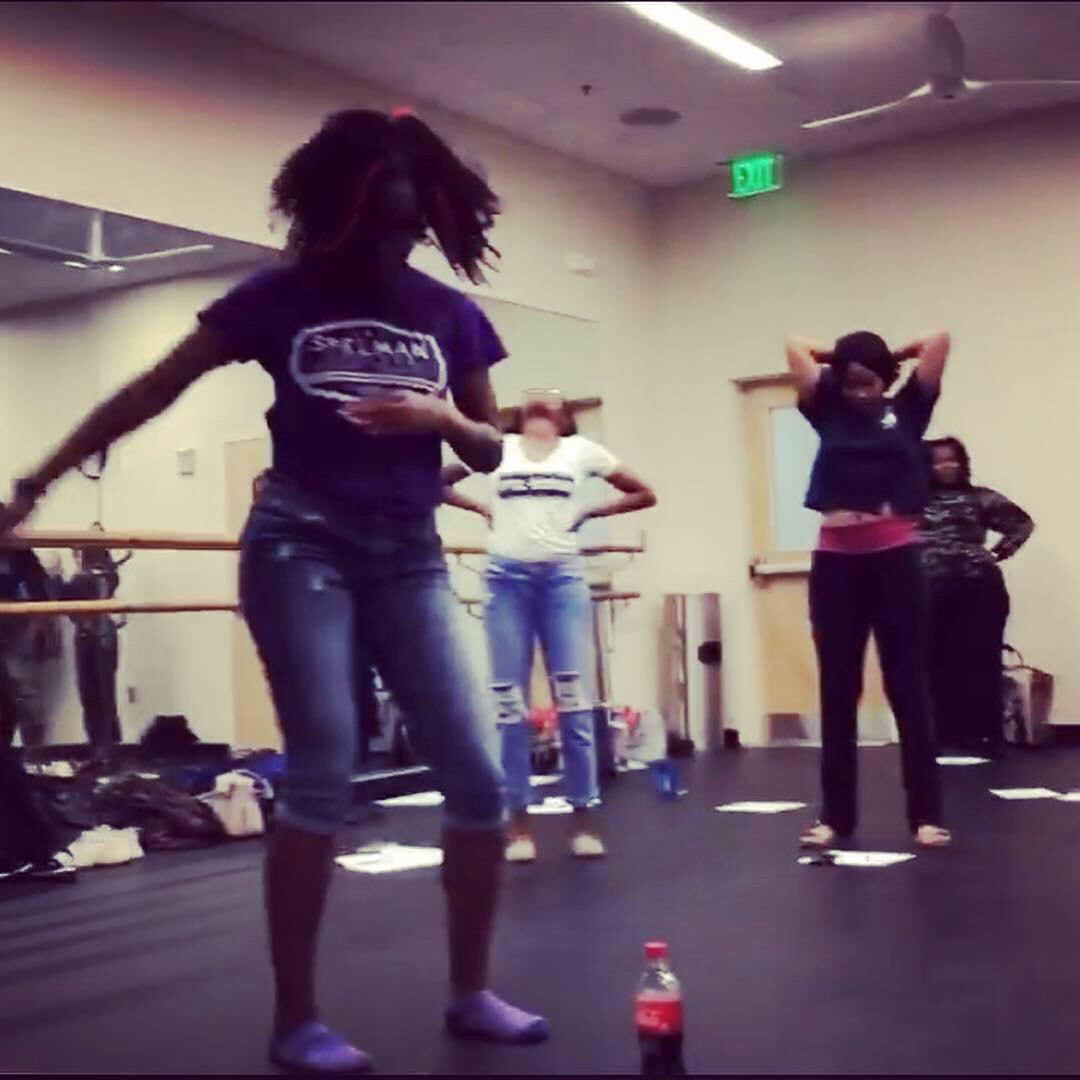Julie B. Johnson, Phddance artistEducator
Spelman College Dance Performance & Choreography
GEORGIA INCARCERATION PERFORMANCE PROJECT
PHASE ONE PROCESS: Embodied & Archival Research
Key Collaborators...
Kathleen Wessel, Director of Spelman Dance Theatre, Spelman College
Dr. Cynthia Neal Spence, Social Justice Program, Spelman College
Dr. Caroline Young, Common Good Atlanta
Dr. Lauren Neefe, Common Good Atlanta
Incarcerated students enrolled in a course through Common Good Atlanta
Dr. Cynthia Neal Spence, Social Justice Program, Spelman College
Dr. Caroline Young, Common Good Atlanta
Dr. Lauren Neefe, Common Good Atlanta
Incarcerated students enrolled in a course through Common Good Atlanta
We began with the following questions…
- How do we gather a community of Georgia residents to openly look at and discuss the difficult past (and present) of incarceration?
- How do we honestly negotiate our own relationship to incarceration, issues of race, and the impact of forced labor on our everyday experiences as Georgians?
- Encountering the archival material in the exhibit’s display cases, “how exactly do [we] put emotion back into the inanimate” objects of this felt history?
Particular tasks for dance were to…
- Discover how we can explore this cultural history through our own embodied memory stored in our bodies (the body as archive)
- Exchange ideas with collaborators through movement
- Model a method of inquiry and social change, starting with (and centering) the body.
We engaged with…
- Film and Literature, including: CD Wright’s One Big Self, DaMaris Hill’s A Bound Woman is a Dangerous Thing, and Ana DuVernay’s 13th.
- Conversations with Spelman/AUC archivists and Librarians about archival research. They led an archival research workshop, and we discovered the intersections between archival and choreographic/embodied research.
- Conversations via virtual movement exchanges with incarcerated collaborators.
- We sent each other questions, ideas, written prompts to generate improvised movement, and videos of movement responses to prompts (ex: “what does it mean to be a person?”)
- An in-person exchange with incarcerated collaborators..
From these exchanges, several themes emerged…
- Humanity & Empathy:
- We began with the movement/writing prompt “What does it mean to be a person?”
- This helped us identify and challenge our own assumptions about what it means to be in prison, and focus on our shared humanity before delving deeper into the work.
- Time & Change:
- we listened to an audio recorded narration of an excerpt from One Big Self and did movement improvisations
- We wrote reflections after our movement and extracted themes of time and change
- We listened and improvised again, letting the themes of time and change be present in our consciousness as we moved.
- We focused in on one particular movement, repeated it, and gave it a name.
- We shared stories about why we focused on a particular movement, and extracted prompts from the stories…
- A Time I Counted the Minutes
- A Time I Stayed Still
- A Time I Kept Going
- First I Was ____, Then I Was ____
- We used these prompts to choreograph short movement phrases (duets and trios).
- Also informing this movement is:
- The count we witnessed at a collaborating prison (attendance taken by counting off aloud according to dorms)
- And our discussion with Common Good Atlanta students about being present in the moment as a practice of freedom… not being hung up in the past, not trying to look ahead to the future, just being present in the moment, taking life day by day, and knowing one’s presence in each moment has meaning and value.
|
|
|
- Insider/Outsider:
- We discussed CD Wright’s positionality as an insider/outsider in her poetic ethnography of prisoner’s in the south.
- We read Common Good Atlanta students' reflections on being insiders/outsiders in prison.
- We wrote reflections on our own experiences as insides/outsiders, used them to generate short individual movement phrases, and combined the phrases into one collaborative group section.
- The group section incorporates movement aesthetics shared with us by our incarcerated collaborators, such as:
- Walking along a line to get from point A to point B
- The count (dancers count aloud at different points in the piece)
- Names as Freedom:
- During our meeting with the Common Good Atlanta students, they shared experiences around the concepts of names in prison. It seems that more often than not, they are referred to by their last name or by a nickname, but not by their given first name. They spoke of this as a form of dehumanization and institutionalization.
- Dancers researched their names and created solo phrases based on their names’ meanings, origins, cultural or personal significance, cadence, etc.
- We understand these name dances as a mode of resistance, power, and freedom.
|
The End-of-Semester Event …
|
|
Additional Connective Threads…
|
Proudly powered by Weebly
